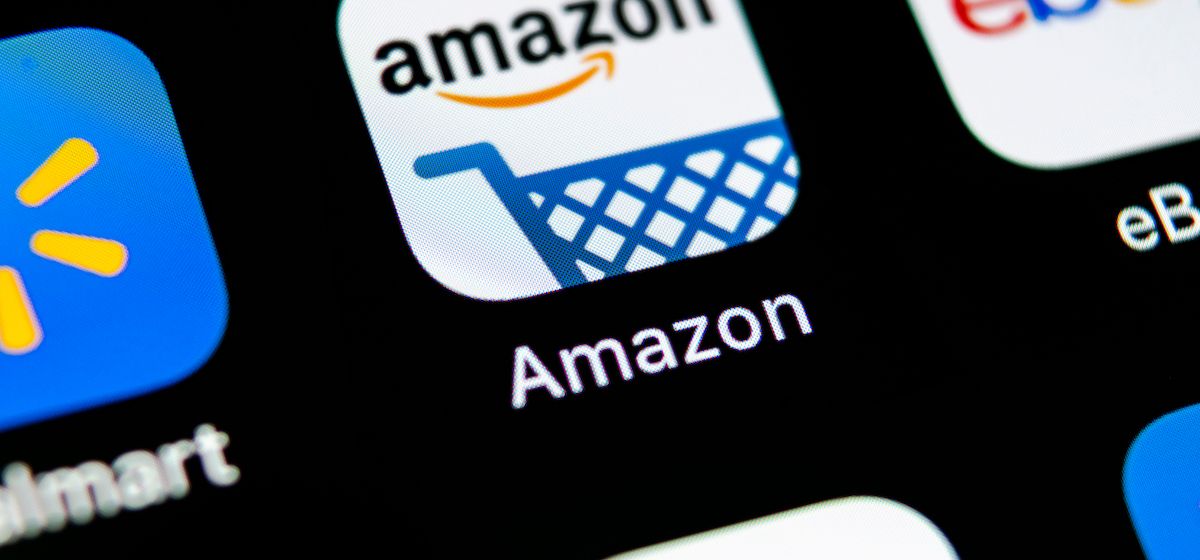Exploring the Pros and Cons of Amazon's Retail Media Network
Amazon is one of the world's largest e-commerce platforms, pioneering and leading the way of retail media networks. The king of e-commerce has made it possible for marketers to display targeted ads on Amazon's site after paying a fee. The Amazon’s example shows the potential of the sector. It is worth analysing what Amazon does well and learning from their experience. Here's everything you need to know about Amazon's retail media network!
Amazon benefits
The market for retail media networks is estimated at roughly $100 billion, of which Amazon takes a 37% slice. Last year, it attracted more than 14,000 companies representing more than 17,000 brands. In the last quarter of 2022, Amazon's advertising reached $11.5 billion.
By opening up its platforms to brands, Amazon has made significant progress in improving the user experience and is also generating additional revenue. Advertisers benefit from the fact that their ads can reach a huge audience thanks to the billions of visitors Amazon attracts. Retail media networks can be used to launch targeted and effective promotions, and online campaigns can be much more effective. Through Amazon, retailers can not only increase brand awareness but also improve their sales results.
Among the advantages, Amazon is a stable system with professional data analysis. It is important that the company adheres strictly to data protection regulations and ensures that retailers' ads do not infringe on customers' personal data. The system is highly flexible, allowing brands to tailor ads to their needs, modifying them as they see fit.
It's not just advertisers who benefit from retail media, but Amazon too, because in addition to boosting retailers' sales, it also brings in more revenue for the company.
The drawbacks of Amazon
While Amazon's achievements cannot be questioned, we must also be aware of the disadvantages. There are areas where the platform still needs to improve.
One problem is that the price of an Amazon ad can be very high. You have to bid for keywords. If the wrong keywords are chosen, the message will not reach the right audience. It is also possible to choose keywords that are too popular, and the price of the ad may increase.
Competing on Amazon is challenging due to its massive size. Advertisers must distinguish themselves among millions of products, which is no small feat. Additionally, the targeting options are not very sophisticated, and the advertising formats are limited, making the situation even more challenging.
Another drawback is the reporting function. Reports are not detailed enough, which can limit advertisers' access to the data they need for effective optimization.
There is still a lot of potential in retail media networks. Amazon is just one provider among many, but there is plenty of room for others. Retail media networks will continue to expand and evolve in the future, and more and more retailers are likely to recognise the benefits of these platforms. Thanks to competition, retail media can continue to develop and offer even more benefits for businesses, retailers and consumers.
You can use retail media to generate revenue too. Open up new revenue streams that have not been available to you before. Inhabitad will help you integrate the system that works best for you! Book a demo today.


